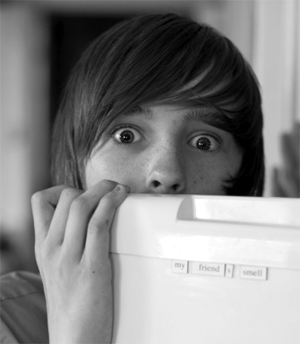Nov 04, 2025
Nov 04, 2025
 The sudden change of the peaceful environment is very hard to accept. Yesterday the same children went to school or the playground together. Suddenly comes the blow and the separation occurs as swiftly as Tsunami to inundate everything valued. The impact on children has greater significance as their normal development is interrupted by the riots. In addition, a whole generation of children will grow up with a distorted view of relationships with communities and this is not desirable from individual and community viewpoints. It is for these reasons that the interventions to minimise the psychological effects is an important aspect of relief, rehabilitation,reconstruction and reconciliation.
The sudden change of the peaceful environment is very hard to accept. Yesterday the same children went to school or the playground together. Suddenly comes the blow and the separation occurs as swiftly as Tsunami to inundate everything valued. The impact on children has greater significance as their normal development is interrupted by the riots. In addition, a whole generation of children will grow up with a distorted view of relationships with communities and this is not desirable from individual and community viewpoints. It is for these reasons that the interventions to minimise the psychological effects is an important aspect of relief, rehabilitation,reconstruction and reconciliation.
01-Sep-2012
More by : Dr. Ratan Bhattacharjee

|
While your article is worth reading i feel sad that you have used this opportunity to say that 'In recent years, there has been a sharp increase in violent attacks on Christians in India, often perpetrated by Hindu Nationalists'. it is exactly this mindset, passing the blame entirely on one community and using the fact of India being a secular country to decry Hinduism for anything and everything that plays havoc in the society and hurt the children psyche. why no word about 'child protestors?' |